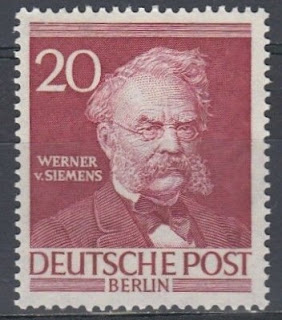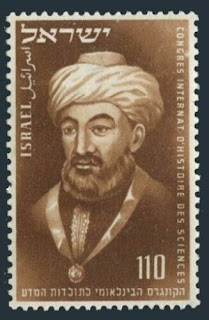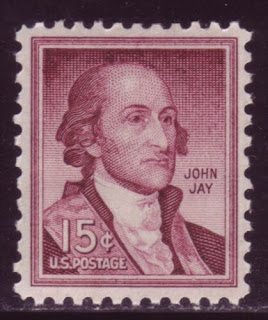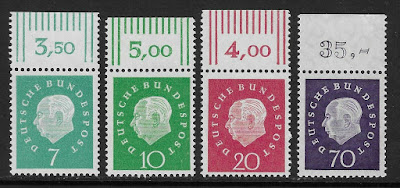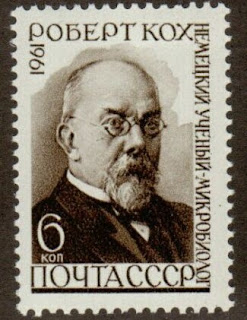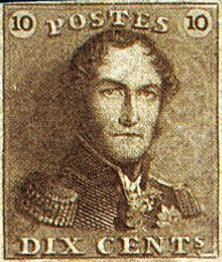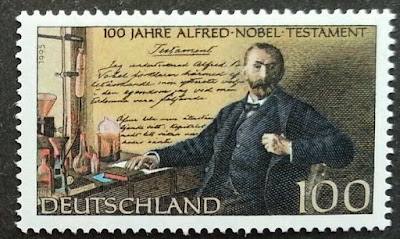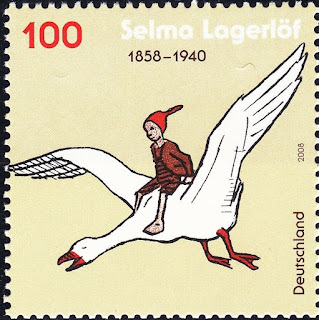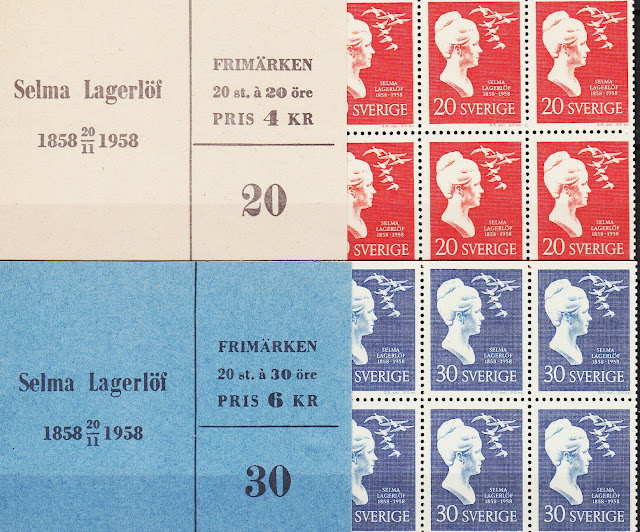Here are some events that happened on December 13th. It could be an event or a person that died or was born on that day
1466 Died: Donatello, Italian painter and sculptor (b. 1386)
Donato di Niccolò di Betto Bardi (c. 1386 – 13 December 1466), better known as Donatello was an Italian sculptor of the Renaissance. Born in Florence, he studied classical sculpture and used this to develop a complete Renaissance style in sculpture, whose periods in Rome, Padua and Siena introduced to other parts of Italy a long and productive career. He worked with stone, bronze, wood, clay, stucco and wax, and had several assistants, with four perhaps being a typical number. Though his best-known works were mostly statues in the round, he developed a new, very shallow, type of bas-relief for small works, and a good deal of his output was larger architectural reliefs.
Main works
St. Mark (1411–1413), Orsanmichele, Florence
St. George Tabernacle (c. 1415–1417) – Museo Nazionale del Bargello, Florence
Prophet Habakkuk (1423–1425) – Museo dell'Opera del Duomo, Florence
The Feast of Herod (c. 1425) – Baptismal font, Baptistry of San Giovanni, Siena
David (c. 1425–1430) – Museo Nazionale del Bargello, Florence
Madonna of the Clouds (c. 1425–1435) marble relief, Museum of Fine Arts, Boston
Equestrian Monument of Gattamelata (1445–1450) – Piazza del Santo, Padua
Magdalene Penitent (c. 1455) – Museo dell'Opera del Duomo, Florence
Judith and Holofernes (1455–1460) – Palazzo Vecchio, Florence
Virgin and Child with Four Angels or Chellini Madonna (1456), Victoria and Albert Museum
1642 – Abel Tasman is the first recorded European to sight New Zealand.
Abel Janszoon Tasman (1603 – 10 October 1659) was a Dutch seafarer, explorer, and merchant, best known for his voyages of 1642 and 1644 in the service of the Dutch East India Company (VOC). He was the first known European explorer to reach the islands of Van Diemen's Land (now Tasmania) and New Zealand, and to sight the Fiji islands.
Tasman's ten-month voyage in 1642–43 had significant consequences. By circumnavigating Australia (albeit at a distance) Tasman proved that the small fifth continent was not joined to any larger sixth continent, such as the long-imagined Southern Continent. Further, Tasman's suggestion that New Zealand was the western side of that Southern Continent was seized upon by many European cartographers who, for the next century, depicted New Zealand as the west coast of a Terra Australis rising gradually from the waters around Tierra del Fuego. This theory was eventually disproved when Captain Cook circumnavigated New Zealand in 1769.
Ernst Werner Siemens (von Siemens from 1888; 13 December 1816 – 6 December 1892) was a German electrical engineer, inventor and industrialist. Siemens's name has been adopted as the SI unit of electrical conductance, the siemens. He was also the founder of the electrical and telecommunications company Siemens.
Ernst Werner Siemens was born in Lenthe, today part of Gehrden, near Hannover, in the Kingdom of Hanover in the German Confederation, the fourth child (of fourteen) of a tenant farmer of the Siemens family, an old family of Goslar, documented since 1384. He was a brother of Carl Heinrich von Siemens and Carl Wilhelm Siemens, sons of Christian Ferdinand Siemens (31 July 1787 – 16 January 1840) and wife Eleonore Deichmann (1792 – 8 July 1839).
After finishing school, Siemens intended to study at the Bauakademie Berlin. However, since his family was highly indebted and thus could not afford to pay the tuition fees, he chose to join the Prussian Military Academy's School of Artillery and Engineering, between the years 1835-1838, instead, where he received his officers training. Siemens was thought of as a good soldier, receiving various medals, and inventing electrically-charged sea mines, which were used to combat a Danish blockade of Kiel.
Upon returning home from war, he chose to work on perfecting technologies that had already been established and eventually became known worldwide for his advances in various technologies. In 1843 he sold the rights to his first invention to Elkington of Birmingham. Siemens invented a telegraph that used a needle to point to the right letter, instead of using Morse code. Based on this invention, he founded the company Telegraphen-Bauanstalt von Siemens & Halske on 1 October 1847, with the company opening a workshop on 12 October.
The company was internationalised soon after its founding. One brother of Werner represented him in England (Sir William Siemens) and another in St. Petersburg, Russia (Carl von Siemens), each earning recognition. Following his industrial career, he was ennobled in 1888, becoming Werner von Siemens. He retired from his company in 1890 and died in 1892 in Berlin.
The company, reorganized as Siemens & Halske AG, Siemens-Schuckertwerke and – since 1966 – Siemens AG was later led by his brother Carl, his sons Arnold, Wilhelm, and Carl Friedrich, his grandsons Hermann and Ernst and his great-grandson Peter von Siemens. Siemens AG is one of the largest electrotechnological firms in the world. The von Siemens family still owns 6% of the company shares (as of 2013) and holds a seat on the supervisory board, being the largest shareholder.
Apart from the pointer telegraph Siemens made several contributions to the development of electrical engineering and is therefore known as the founding father of the discipline in Germany. He built the world's first electric elevator in 1880. His company produced the tubes with which Wilhelm Conrad Röntgen investigated x-rays. He claimed invention of the dynamo although others invented it earlier. On 14 December 1877 he received German patent No. 2355 for an electromechanical "dynamic" or moving-coil transducer, which was adapted by A. L. Thuras and E. C. Wente for the Bell System in the late 1920s for use as a loudspeaker. Wente's adaptation was issued US patent 1,707,545 in 1929. Siemens is also the father of the trolleybus which he initially tried and tested with his "Elektromote" on 29 April 1882.
Stamps from Germany and Berlin depicting Siemens
1881 Died: August Šenoa, Croatian author and poet (b. 1838)
August Ivan Nepomuk Eduard Šenoa (14 November 1838 – 13 December 1881) was a novelist. Born to an ethnic German and Slovak family, Šenoa became a key figure in the develoment of an independent literary tradition in the Croatian language and shaping the emergence of the urban Croatian identity of Zagreb and its surroundings at a time when Austrian control was weaning. He was a literary transitional figure, who helped bring Croatian literature from Romanticism to Realism and introduced the historical novel to Croatia. He wrote more than ten novels, among which the most notable are:
Zlatarovo zlato (Goldsmith's gold; 1871)
Čuvaj se senjske ruke (Pirates of Senj; 1876)
Seljačka buna (Peasants' revolt; 1877)
Diogenes (1878)
Šenoa was one of the most popular Croatian novelists and the author of the popular patriotic song "Živila Hrvatska".







